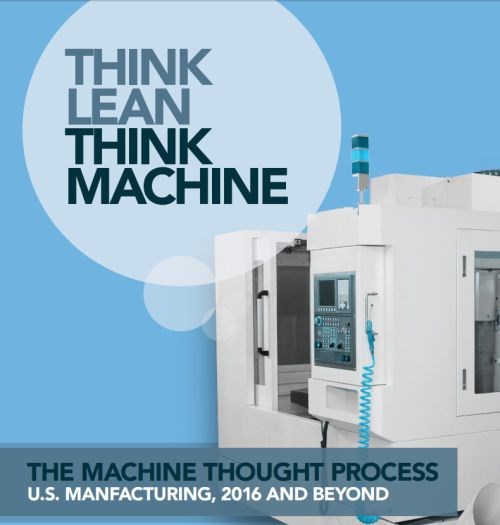Searching for Good News in the Manufacturing Skills Gap
While the current employment outlook is seemingly bleak, with a high number of manufacturers reporting a moderate to severe shortage of available, qualified production workers, there does appear to be a light at the end of the tunnel concerning the future of American manufacturing over the next decade.
Share






While the current employment outlook is seemingly bleak, with a high number of manufacturers reporting a moderate to severe shortage of available, qualified production workers, there does appear to be a light at the end of the tunnel concerning the future of American manufacturing over the next decade.
So says Jon Iverson, CEO of Optis, in an article written in correlation to the company’s new qualitative research report, which looks into the state of American manufacturing to examine the current mood and make predictions for the future.
In the article , Mr. Iverson mentions three ways the manufacturing industry can begin to bridge the skills gap, ensuring a sustainable future.
- Use model-based definition. Design parts and automatically embed tolerances in the model. By doing so, product development can be streamlined.
- Use automation. Automating routine tasks enables personnel to concentrate on more intricate, complex and individualized procedures. According to the report, this will become increasingly important as manufacturers reshore to the United States, bringing more demand for operators and further impacting the skills shortage.
- Design more intuitive machines. A certain amount of “tribal knowledge” will be lost when the baby boomers retire. This insight needs to be “trained” into machines so less human intervention is necessary to make the future machine tool self-sufficient.
Related Content
-
Addressing the Manufacturing Labor Shortage Needs to Start Here
Student-run businesses focused on technical training for the trades are taking root across the U.S. Can we — should we — leverage their regional successes into a nationwide platform?
-
How I Made It: Amy Skrzypczak, CNC Machinist, Westminster Tool
At just 28 years old, Amy Skrzypczak is already logging her ninth year as a CNC machinist. While during high school Skrzypczak may not have guessed that she’d soon be running an electrical discharge machining (EDM) department, after attending her local community college she found a home among the “misfits” at Westminster Tool. Today, she oversees the company’s wire EDM operations and feels grateful to have avoided more well-worn career paths.
-
Workholding Fixtures Save Over 4,500 Hours of Labor Annually
All World Machinery Supply designs each fixture to minimize the number of operations, resulting in reduced handling and idle spindle time.













